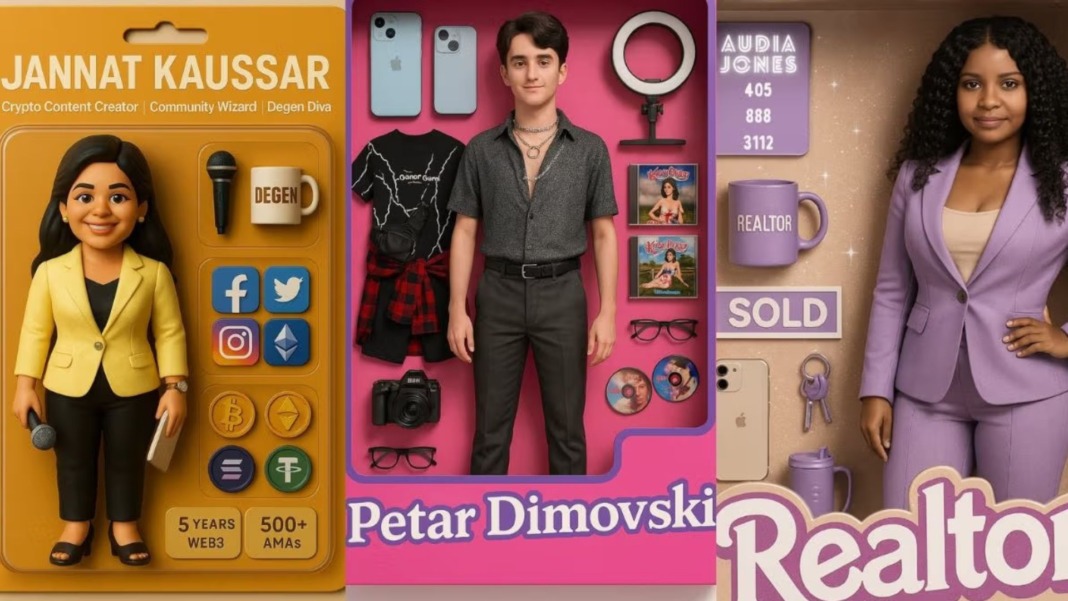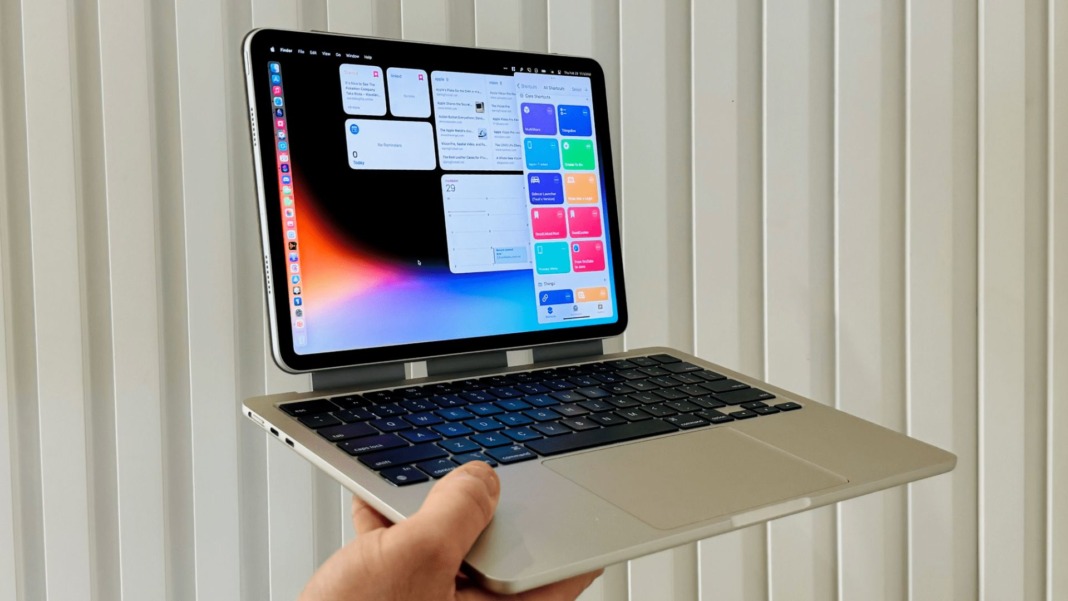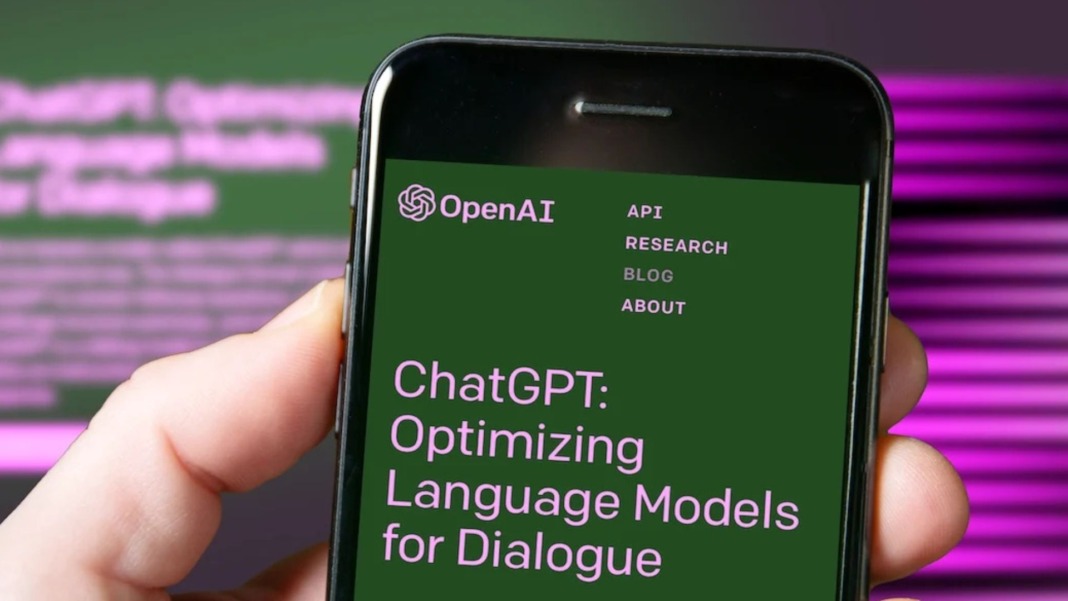LinkedIn has seen a new wave of AI-generated content, this time turning professionals into plastic toys. The latest viral trend involves using ChatGPT’s new image generator to create action figure versions of yourself—all boxed up with accessories like coffee cups, laptops, and books. It’s a fun but slightly odd way for users to showcase their personality or job role, and it’s catching on quickly.
If you’re on LinkedIn, you’ve probably already seen these toy-like portraits in your feed. Inspired by the success of the Studio Ghibli-style image generator, users are now experimenting with a new format that’s more playful and corporate-friendly. It started as a quirky way to stand out but is now becoming a full-blown trend, especially among marketers and self-branded “thought leaders.”
The rise of the ‘AI action figure’ trend
The most popular version of this toy trend is the “AI Action Figure” — an image of a plastic figure of yourself sealed in a blister pack, much like the ones you’d find in a toy shop. The typical props? A laptop, a coffee mug, maybe a book or two — targeting the remote worker or office-type look that resonates with LinkedIn’s core audience.
Some users have taken it further with challenges like the “Barbie Box,” borrowing branding styles from popular culture to dress up their AI figures. These posts highlight personal branding, with captions ranging from witty and clever to awkward.
Although this trend started on LinkedIn, it’s slowly creeping onto platforms like Facebook, Instagram, and TikTok. Still, it hasn’t reached the viral heights of the earlier Studio Ghibli art style, which dominated image searches and caused a spike in AI-generated content discussions. That trend also sparked some debate online about artistic rights and the impact of AI on creative industries. So far, the toy trend has avoided that kind of controversy — though it may only be a matter of time.
ChatGPT is at the centre of it all
Interestingly, ChatGPT is the only AI image generator mentioned in most of these posts. OpenAI’s recent text-to-image update launched with such popularity last month that free accounts had to be temporarily limited to prevent server overloads.
Even though the toy trend isn’t quite as massive as the Ghibli-style images, it’s another example of how ChatGPT is becoming the go-to tool for mainstream users playing with AI. It’s not just artists or developers anymore — it’s everyday people using AI for fun, branding, or to grab some attention online.
Brands and personalities join the fun — sort of
While most of the content is from individuals hoping to make a splash on LinkedIn, a few brands have joined in. Companies like Mac Cosmetics and NYX Cosmetics have shared their AI-generated toy figures. But celebrities and major influencers have mostly stayed away. The most well-known figure to try the trend? US politician Marjorie Taylor Greene. That’s about as far as fame goes in this case, which might say something about the appeal — or lack thereof — for big names.
Despite that, the trend keeps going, and as more people gain access to ChatGPT’s image tools, you might see even more plastic versions of your connections popping up. Whether it’s a fun way to show off your job title or just another way to clutter the feed, it’s yet another sign of how AI is reshaping your online presence.





